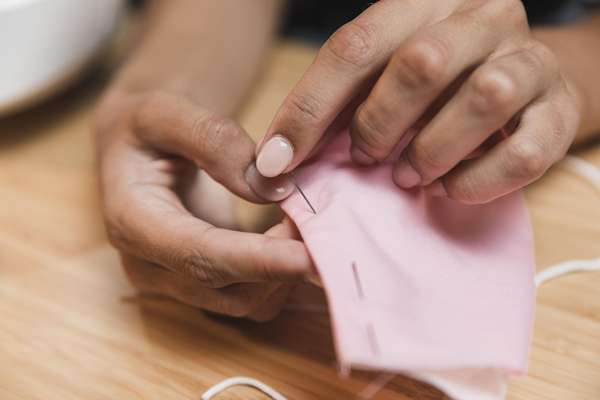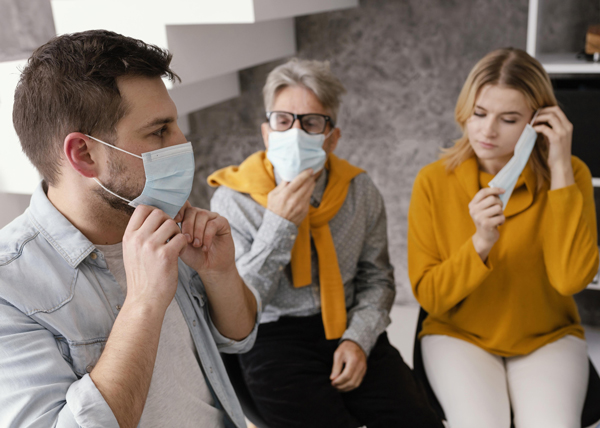Face masks have been used globally to protect against the COVID19 transmission. With the continuous extreme demand for face masks, different styles of many kinds have been introduced for enhanced comfort, look, and protection. However, does the level of demand reflects how people’s protection is enhanced?
A huge chunk of masks being supplied and used are masks that only protect others but not the wearer. Health organizations and government authorities do not recommend medical-grade face masks for public use because the need for it is not as much as those in hospitals and other high-risk environments and there are other measures like social distancing that provides extra protection from respiratory particles that may travel through air.
However, an expert from the Women’s Hospital and Harvard Medical School, Dr. Karan, believes that the pandemic could have stopped if masks have been used differently. Though it is true that cloth masks and surgical masks can protect people from a person with COVID19, they are still at risk of inhaling the infectious particles even if the infected individual is wearing a mask.
Factors could be:
The mask used by the infected person

Photo by Freepik
The fitting of the mask

Photo by Freepik
If the mask has leakage or gaps like what surgical masks normally have, it could decrease the efficacy by 60% says a journal by the American Chemical Society. If a mask is ill-fitting, respiratory droplets may leak and smaller and lighter particles (aerosols) could get stuck in the air for quite a while.
Ventilation
A poor-ventilated place can cause aerosols to spread more. Poor ventilation is caused by a lack of social distancing or crowding and improper airflow in the environment causing aerosols to linger and get stuck in that enclosed area and spread easily.
With these being said, the N95 mask such as the FFP1 and FFP2 are masks that should be used not only for healthcare workers but also by the general public because they have high filtration and protect both the wearer and the people around the wearer with a 95% efficacy. This is why European countries including France and Germany are mandating the use of FFP1 and FFP2 masks in public transport, shops, and common public places alongside the increase of production to accommodate their population.
Having the public wear medical-grade masks will ensure a great reduction in the transmission of the virus because not only do they provide the best protection but they also provide a firm fit. However, most countries may not have the same capacity to produce these masks as compared to the mentioned European countries; an option given by researchers for increased protection would be ‘double masking’ – wearing a surgical mask topped with a cloth face mask – because cloth face masks would help the surgical mask to fit better on the face while increasing the level of filtration.
Planning to change your mask?
ARASCA recommends the FFP1 and FFP2 mask from MOLDEX. These masks are 100% PVC-Free, resists collapsing, soft on the face, and is Certified under NIOSH 42CFR84.
Source:
https://edition.cnn.com/2021/01/22/health/face-mask-n95-coronavirus-transmission/index.html
https://edition.cnn.com/2021/01/22/europe/europe-covid-medical-masks-intl/index.html
https://www.forbes.com/sites/allisongasparini/2020/04/27/how-effective-are-cloth-face-masks-anyway-here-are-the-fabrics-which-filter-out-airborne-particles-best/
